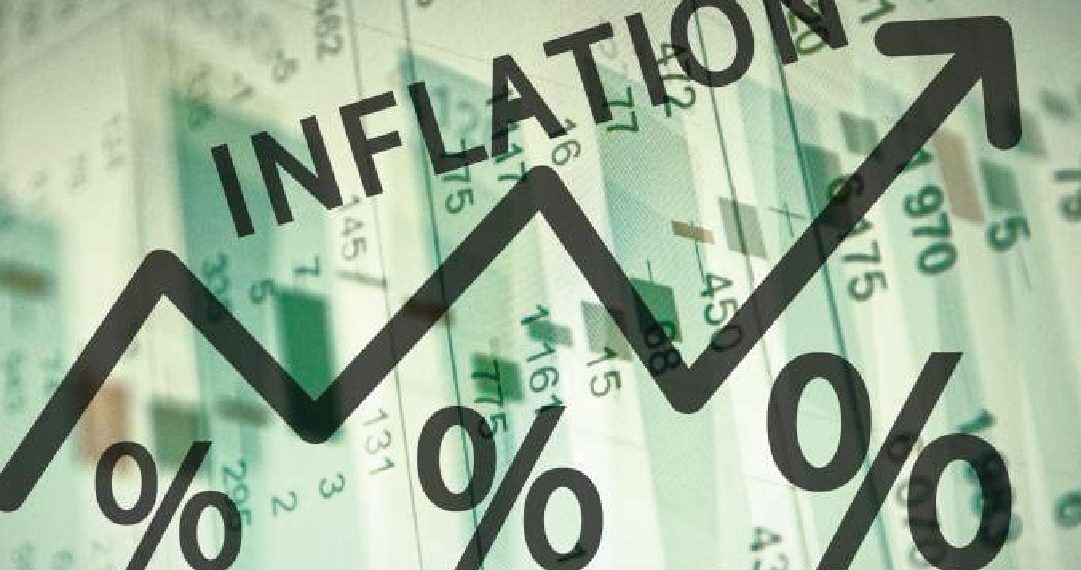The Organization of Petroleum Exporting Countries (OPEC) and its partners, known as OPEC+, extended its oil output reduction for the second quarter of the year on Monday, although the impact on global crude oil prices was little.
As OPEC+ members decided to prolong their voluntary 2.2 million barrels per day (mbpd) oil output reduction through the end of June, broadly in line with market expectations, Brent traded little changed at $83.5 per barrel in the early trading session, according to ING commodities strategists in a note.
Russia pledged to concentrate more on cutting oil output than exports, while Saudi Arabia will still have a 1 mbpd share of the projected output decrease. “These voluntary cuts will be returned gradually subject to market conditions,” the group continued.
Meanwhile, preliminary OPEC production numbers for February are starting to come through and suggest that oil output increased slightly as Libya resumes oil production at its biggest field, while some producers pumped more than the agreed oil output cut limits for the month.
According to a Bloomberg survey, OPEC output rose by 0.1 mbpd month-on-month to 26.7 mbpd last month. Libya led the gains with its production rising by 120 mbpd, up by 11.2% month on month to 1.1 mbpd as it resumed its Sahara oil field, which was closed earlier due to protests this year.
This was followed by Nigeria with oil output rising by 2% month on month to 1.52 mbpd. Meanwhile, Iraq and UAE together produced almost 400 mbpd above their agreed oil output limits in February.
Weekly data from Baker Hughes shows that the US oil rigs rose by three rigs over the last week, with the total oil rig count increasing to 506 for the week ending 1 March 2024, the highest rig count since the week ending 22 September 2023.
Gas rigs fell by 1, taking the total rig count (oil & and gas combined) to 629 over the reporting week. The continued volatility in the gas prices appears to weigh on gas rigs with some of the exploration companies reducing investments in natural gas production.
The latest positioning data from CFTC shows that speculators increased their net long positions. The ongoing uncertainty in the Middle East and concerns over tightening supply are currently supporting the uptrend in speculative bets.













